We have much more to do and your continued support is needed now more than ever.
Protecting the Owyhee Canyonlands
Can we save one of the most remote and intact landscapes in the contiguous United States?
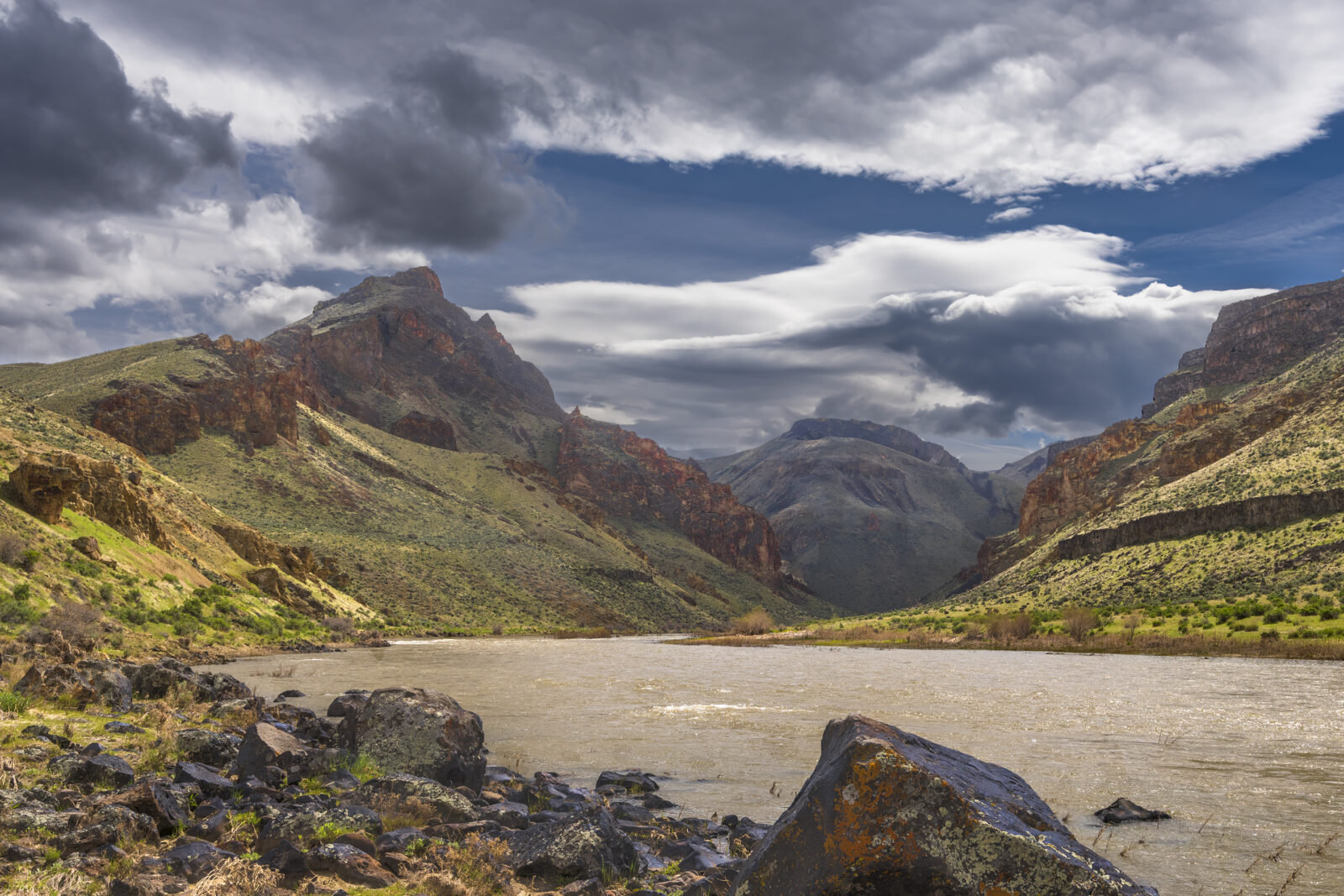
The Owyhee country is a vast, remote land of austere deserts and deep volcanic canyons located in Southeast Oregon. Spanning several million acres, over two million of which have no roads, the Owyhee is one of the most remote and intact landscapes in the U.S.
Conserving the Owyhee offers a chance to retain and protect numerous important wildlife species, unique plant species, some of the darkest night skies in the U.S., and to maintain and restore connectivity between several ecosystems.
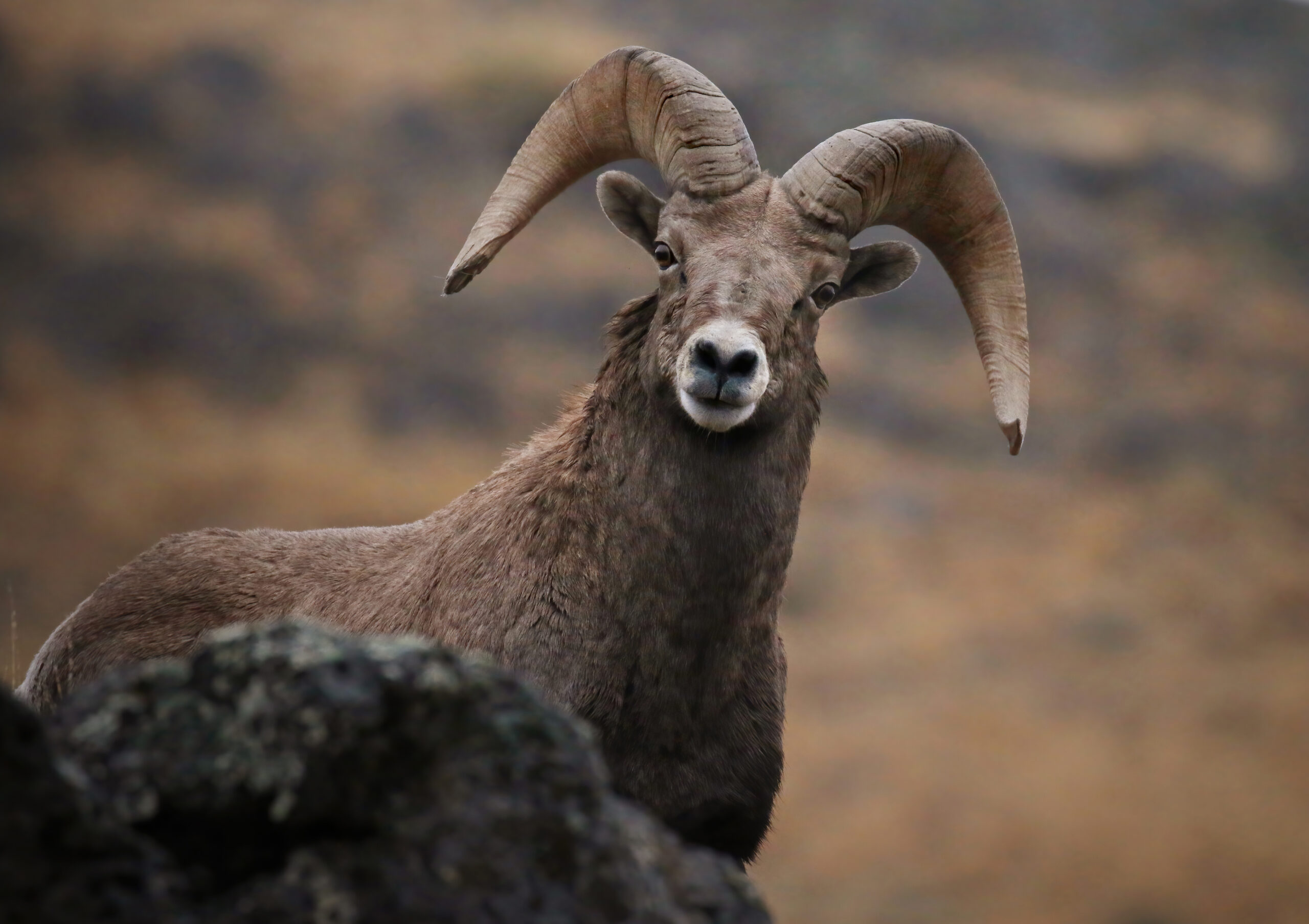
A unique natural landscape
The Owyhee’s remoteness veils a land rich in unique flora and fauna. From California desert bighorn sheep, greater sage-grouse, pronghorn, mule deer, and redband trout to 28 species of rare and endemic plants such as the Packard’s blazing star and the Owyhee clover, there is no shortage of special and important plants and animals. Anchored by the Owyhee River and the numerous creeks of its 11,000 square mile watershed, the desert, and prominent mountain high points, the unique geography offers numerous ecological niches, stunning vistas and ample opportunities for solitude. Simply put, this area is a one-of-a-kind landscape offering unparalleled conservation opportunities seldom found in our modern world.
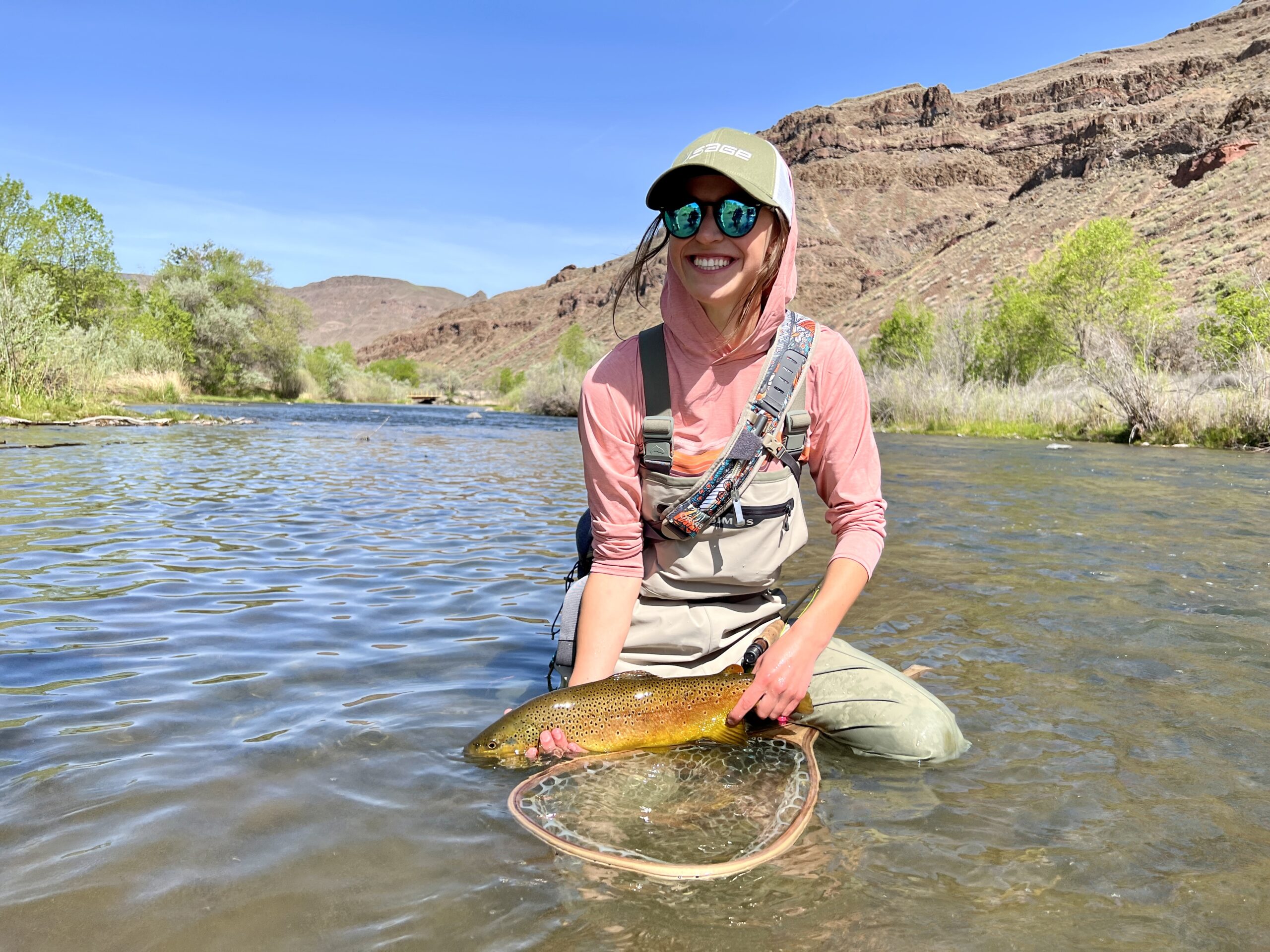
Federal protection efforts
Efforts to protect the Owyhee have been stirring for over a decade and formally began around 2014 with an attempt to obtain designation as a National Monument. After a couple years and a change in administrations, conservation efforts stalled (but not for the lack of trying) until 2019 when Oregon Senator Ron Wyden began conversations around drafting legislation. Senator Wyden, along with co-sponsor Senator Jeff Merkley, then introduced the first legislation aimed at protecting the Owyhee: the Malheur Community Empowerment for the Owyhee Act. For the past several years stakeholders have been working tirelessly to see the legislation progress in Congress.
Fortunately the bill has passed through committee with bipartisan support but its future in Congress remains uncertain. Accordingly, the conservation community has begun to revive the idea of designating the Owyhee landscape as a national monument.
Conservationists are becoming increasingly concerned that if the Owyhee is not protected soon, the threats from mining, unmanaged recreation, and energy development will accelerate and forever alter one of America’s last and largest wild and intact landscapes, and a once-in-a-lifetime conservation opportunity will be lost. Hunters, anglers, bird watchers, ranchers, hikers, boaters, off-road enthusiasts – conservationists of all stripes – all agree that it’s time for the Owyhee to receive permanent protections.
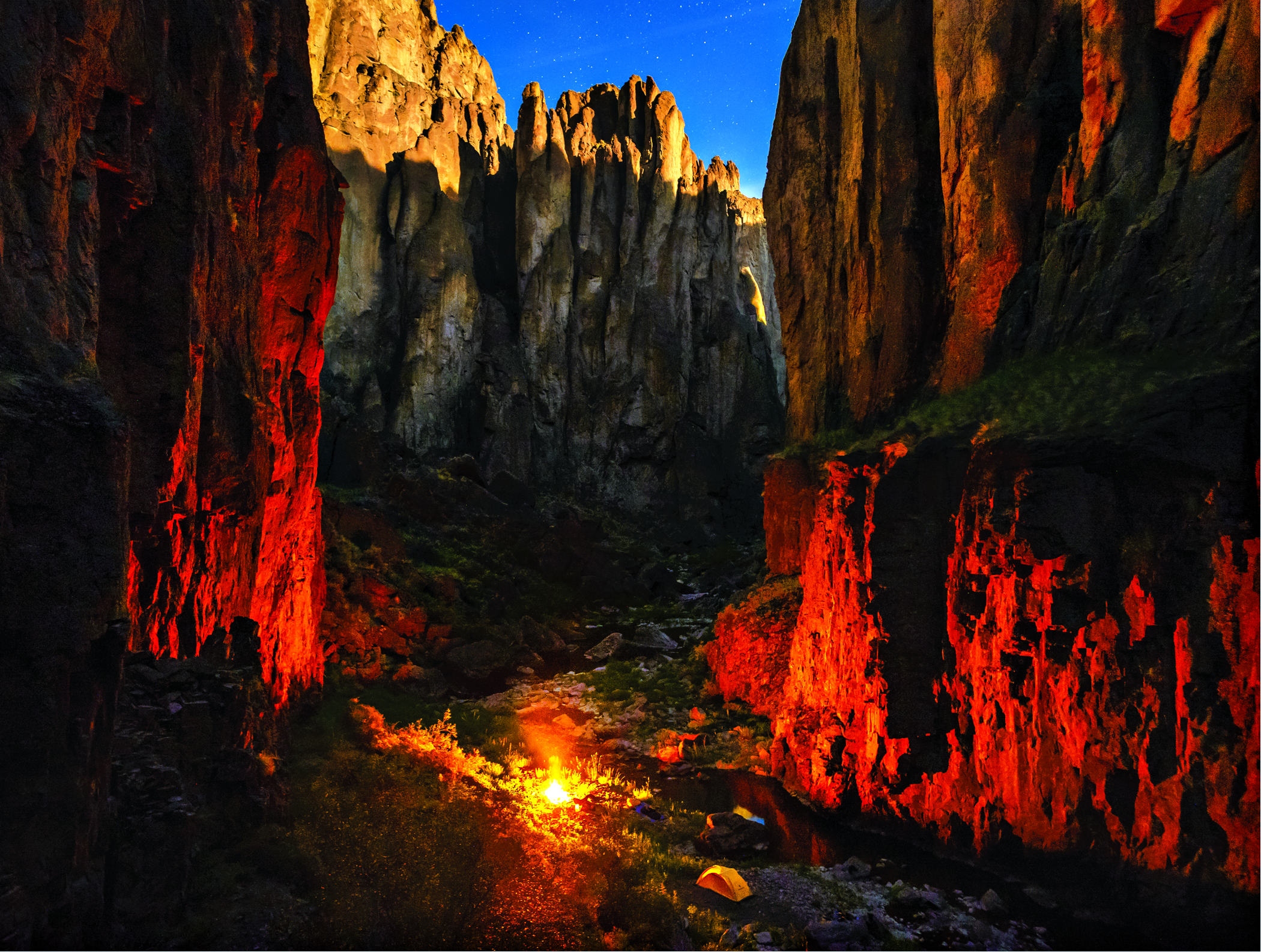
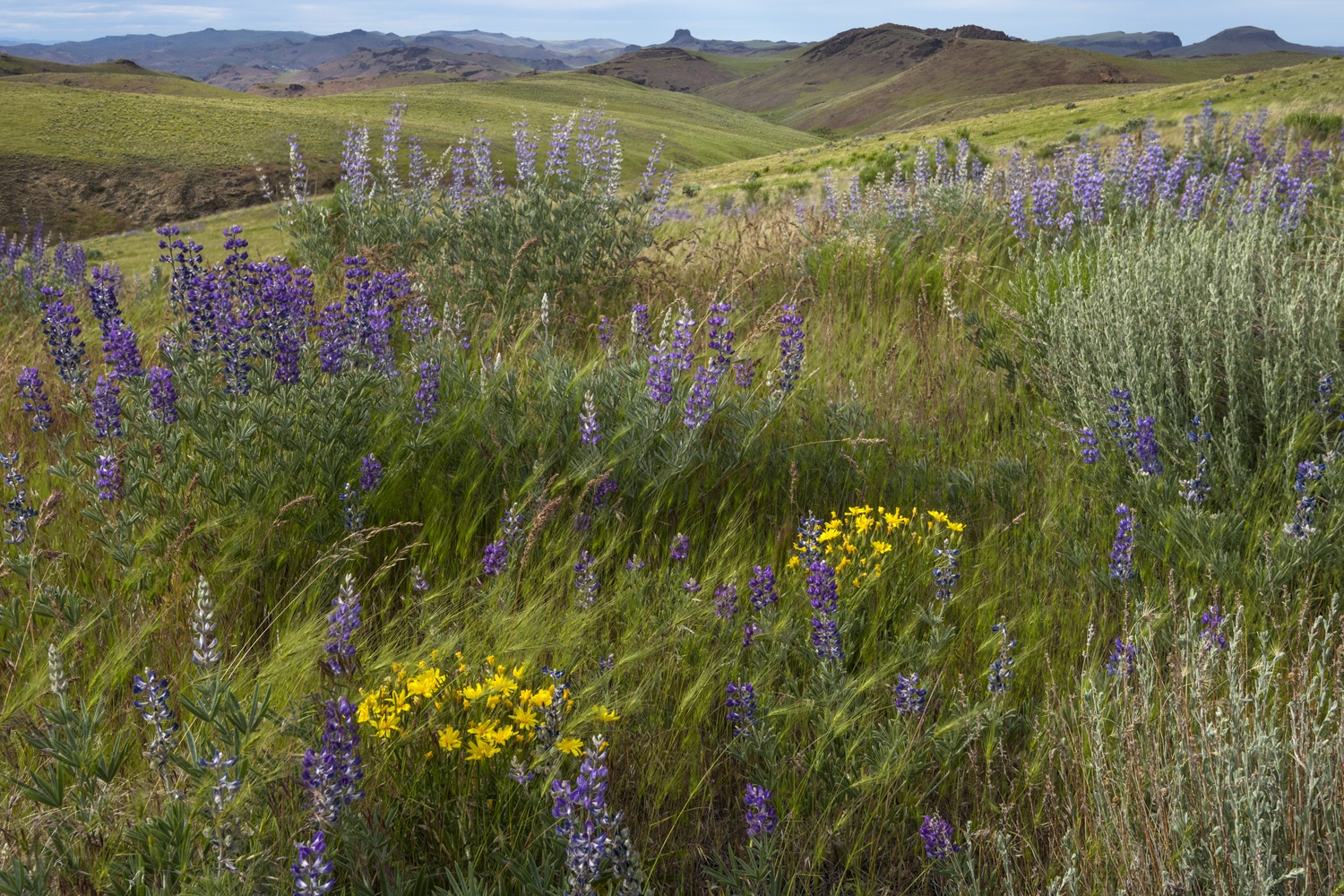
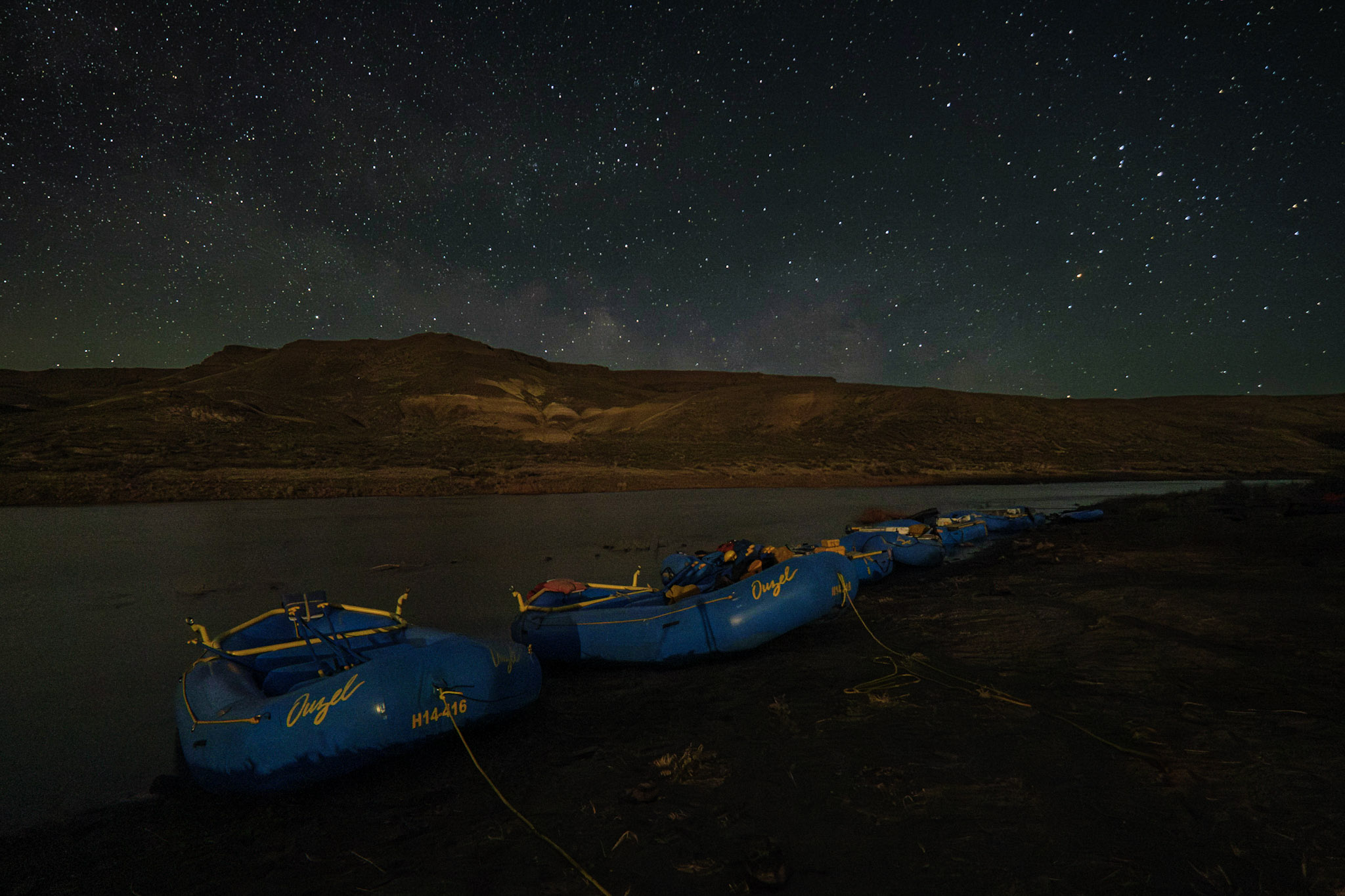
There are currently two opportunities to gain protections for the Owyhee. The first is passing Senator Wyden’s bill, which was reintroduced in June, had its first hearing in July, was voted through committee in December, and now awaits further Congressional action. The other opportunity for protection is through a national monument declaration, which would require a presidential declaration.
A national monument designation
The National Wildlife Federation supports designation as a national monument. A monument will allow for all existing uses to remain and be better managed while also infusing resources to conduct planning and management, and retaining management flexibility for things like wildfire, restoration, and grazing.
The Owyhee is a unique and special place worthy of our nation’s highest protective status, and we will work tirelessly to ensure it is protected and maintained for future generations to enjoy as we do today.
Please add your voice to ours by urging President Biden to permanently safeguard and conserve the Owyhee by designating it as a National Monument.





















